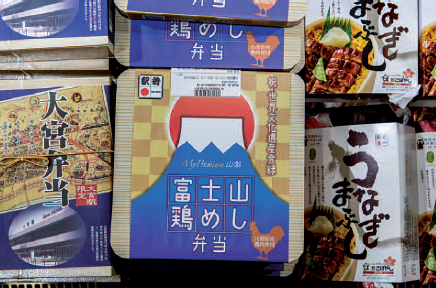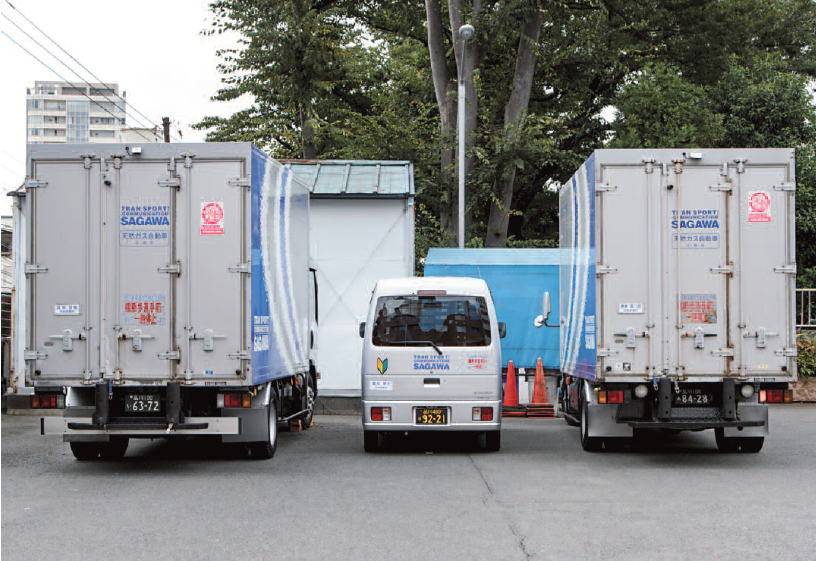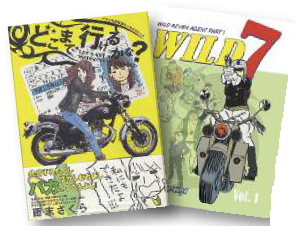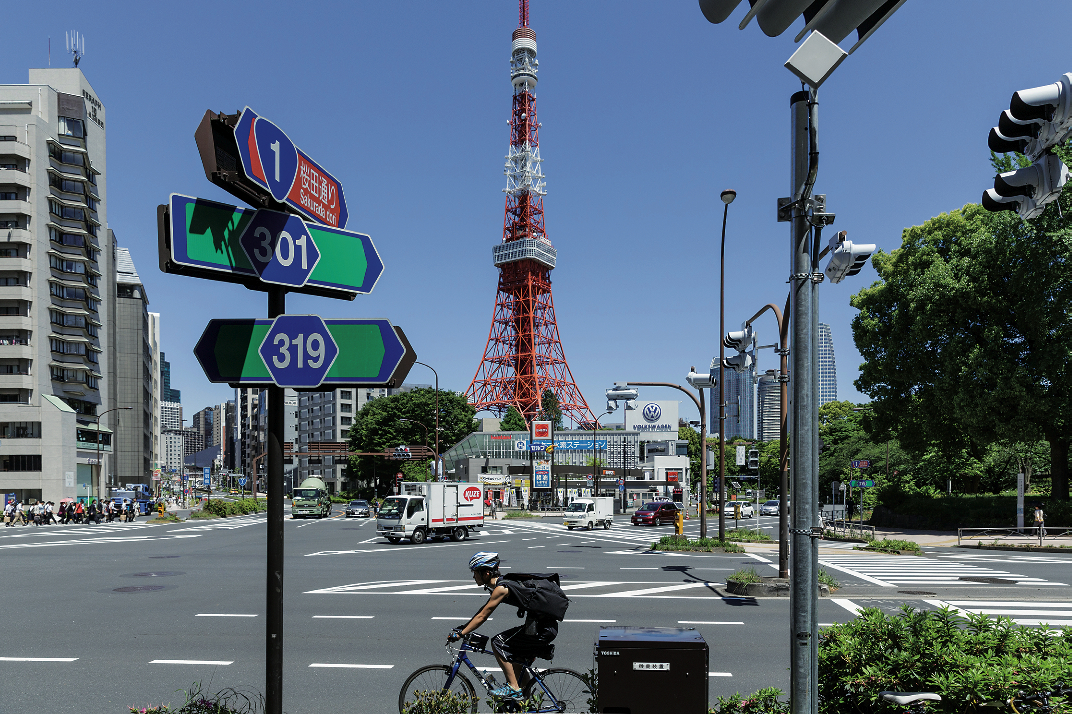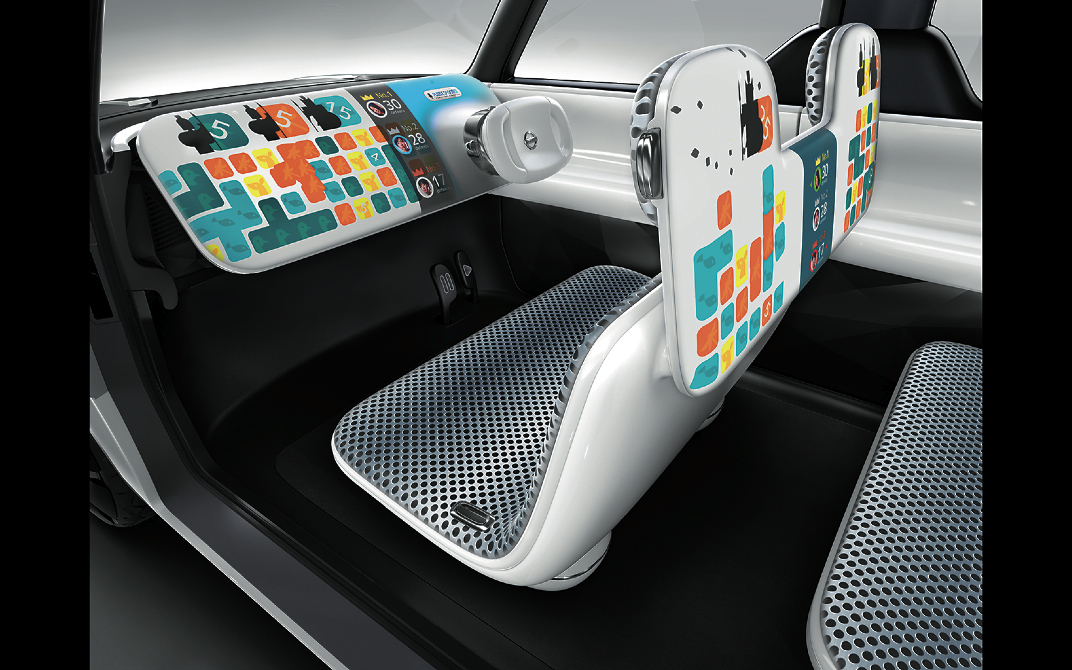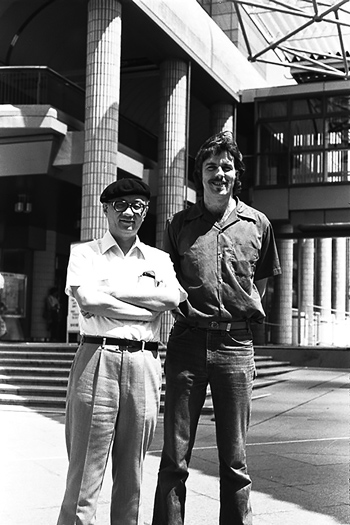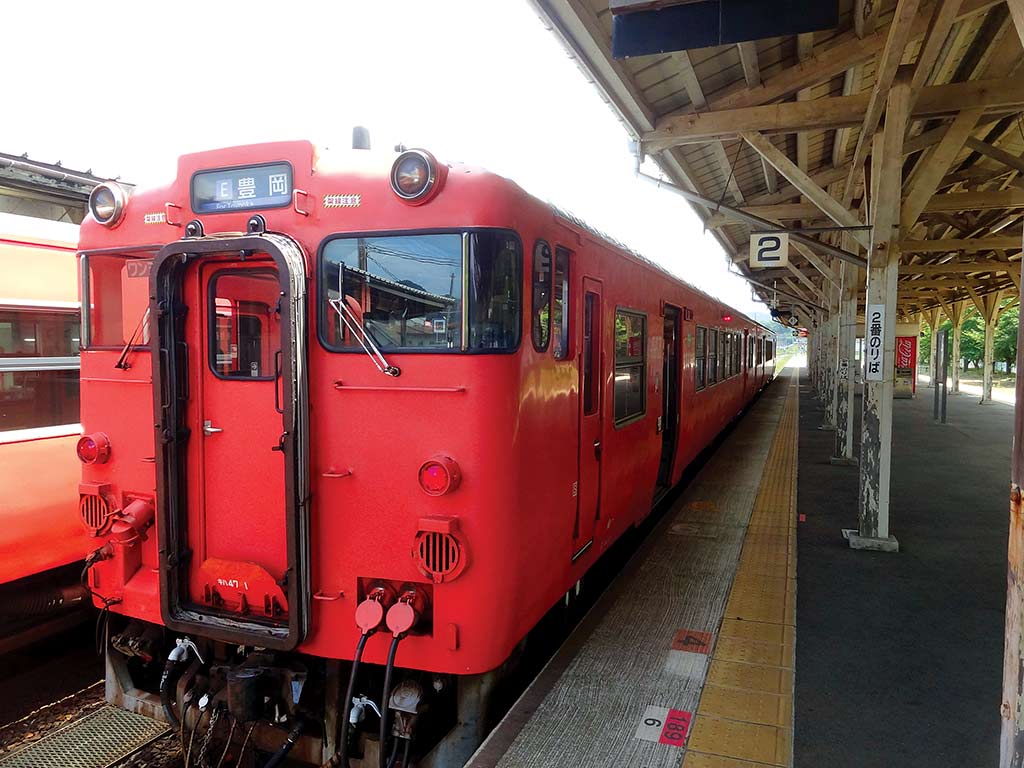

/ Gianni Simone for Zoom Japan
As Japan prepares to reopen her borders to tourists, we will guide you to some little-known places.
Travelling during a pandemic is supposed to be dangerous. That is unless you choose to go off the beaten track. That’s what I did last year when I resumed my “circumnavigation” of Japan. The first part of my project had ended in Hiroshima in the middle of a giant typhoon, so this time I headed to Shimane Prefecture and followed the west coast, away from the traditional tourist spots. And what better way to do this than by trundling along on the San’in Region’s trains.
For some people, the railway that crawls up and down the Sea of Japan’s coast is a bit of a joke. You know those macho ten-carriage convoys that, when they parade in front of you, seem to be never-ending, like Darth Vader’s battleship? The trains that, when not stopping at your station, swoosh in and out of sight creating such a blast that it nearly knocks you down and sucks the air out of your lungs? No such chance here. These back-country lines only seem to be equipped with toy trains. Lonely single carriages are pretty common and even the longest trains only sport three carriages. Ah, and many of them are “one-man” affairs, meaning that the same guy (because let’s face it, nearly all of them are guys) is both in charge of driving and collecting fares, like on a bus. You almost expect to see a giant knob or key stuck to the back of the carriage as if it were a wind-up toy.
The toy-train feel is further reinforced by the fact that some of those trains are decorated throughout with manga and anime characters. After all, Tottori is a self-proclaimed “manga prefecture” thanks to a couple of museums devoted respectively to Mizuki Shigeru (GeGeGe no Kitaro) and Aoyama Gosho (Detective Conan of Case Closed fame). The former museum is located in Sakaiminato, the latter, out in the sticks.
Since many of these lines are not electrified, the trains feature the old KiHa 40 series diesel trains manufactured from 1977 to 1982 by the now-defunct Japanese National Railways ( JNR). Until not so long ago, these popular trains could be seen all over the country. Since the latter half of the 2000’s, they have been increasingly replaced with new diesel trains, but they are still a common sight in Shimane and Tottori Prefectures. Their livery is different depending on the area, but the KiHa 40 and 47 on the San’in Main Line often sport their original tarako (cod roe) colour (a particular shade of pink), which immediately induces a nostalgic Showa-era feel.
These trains are incredibly slow, which can be a source of endless frustration. But if you are travelling for pleasure, this line goes through many interesting places. After leaving the city of Matsue, the train passes through endless rice fields, but as soon as it crosses into Tottori, you begin to catch glimpses of the Sea of Japan to the left revealing small ports and fishing villages famous for their crabs. Then, when the train reaches Amarube, in Hyogo Prefecture, a lot of passengers are likely to get off. The station itself is rather unremarkable, but tourists and train otaku (train buffs) come to see what lies beyond it: the Amarube Viaduct. In that respect, the mountain behind the station provides an ideal point from which you can take pictures of the bridge.
The original steel structure was even more popular. Completed in 1912, it was almost 42 metres tall, and its 11 supports and reddish-brown colour made it a popular tourist spot.
However, tragedy struck in December 1986 when an out-of-service train was struck by strong winds. All seven carriages were blown off the bridge, killing the conductor and five women working at a fish-processing plant located under the bridge. Finally, in 2010, a new concrete bridge replaced the old steel structure. After crossing the wobbling bridge, the San’in Main Line reaches Kinosaki Onsen, a very famous hot spring town with a history dating back 1,300 years. If you are too busy or too shy and do not feel like bathing with other naked people, you can always opt for a ride on the ropeway, which is about 20 minutes away from the station. From a height of 231 metres, you can see Kinosaki at your feet and the Sea of Japan in the background.
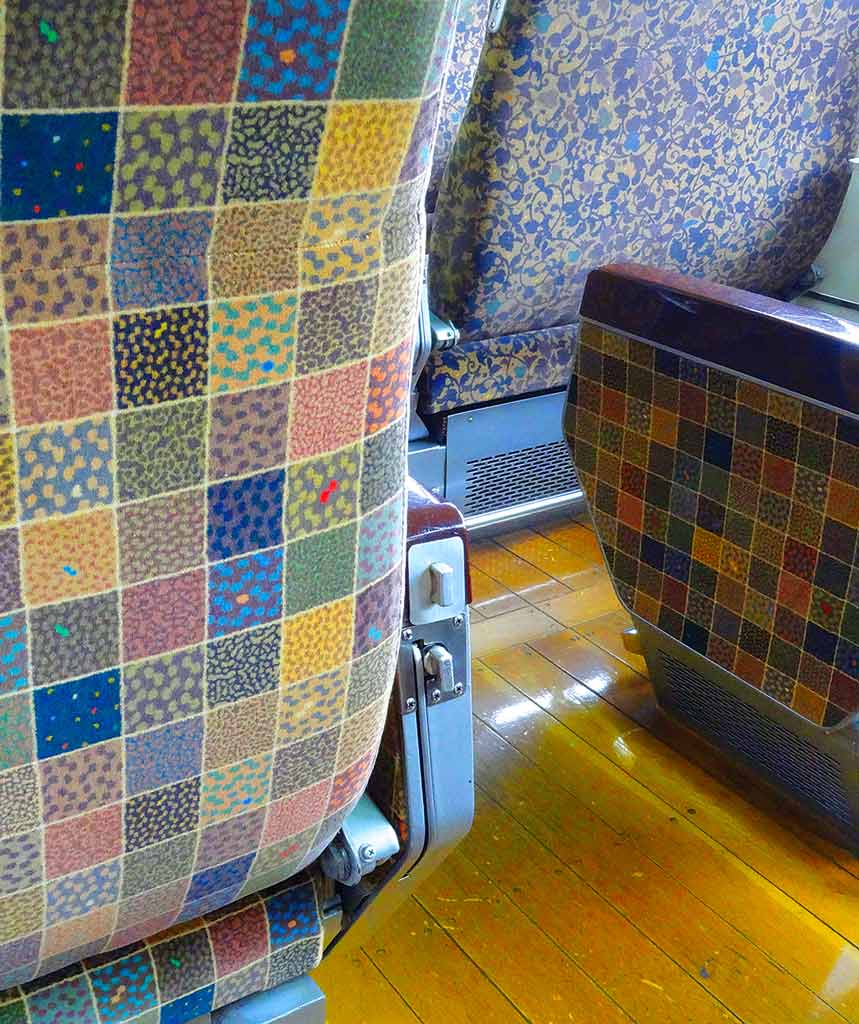
/ Gianni Simone for Zoom Japan
A trip along this route gives you the impression that Japanese agriculture is alive and well. Unfortunately, it is just an illusion: according to official figures, the farming sector is gradually contracting as all the youngsters flock to the big cities in search of fun and decent pay. But at least this part of the country seems to be thriving. The sea of bright-green rice fields is interrupted here and there by spots of purewhite. Startled or just annoyed by the passing train, each spot spreads its wings and a beautiful heron takes flight, only to touch down again a few metres further on.
After travelling along the beautiful Maruyama River, the train finally reaches Toyooka and the end of the JR San’in Main Line. Toyooka is probably the biggest city in the area, which does not mean it is big. It just looks big, rusty and ugly, with undertones of quiet desperation. If you wish to continue your journey northwards you’ll be directed to an even smaller line, if you can imagine such a thing. The platform of the Kyoto Tango Railway’s Miyatoyo Line is tucked into a semi-invisible corner at the very end of the JR platform. You cannot help but be reminded of Harry Potter’s secret Platform 9¾. It looks miserable, with its teeny-tiny office and the saddest looking platform I’ve ever seen. But the chirpy lady at the ticket window is friendly and helpful. And the train… Oh boy. Kyoto Tango has outdone itself. This one-man one-carriage train has the snazziest interior and puts most other trains to shame: every four rows of seats are covered in differently patterned fabric including stripes and flowers. My seat was the best of the lot, a checkered design where each square looked different. It sounds like a mess, but the colour palette throughout the car was limited to different shades of brown with a few greens and blues thrown in to add some movement. Did I mention this beauty has wooden flooring?
This is an astonishingly fine train. It could be the understatedly refined atmosphere or the melancholy landscape the train passes through, but I was temporarily transported to the British Isles. Ultimately, travelling along the Sea of Japan is a lot of fun. You get to see improbably miniaturised stations full of quirky decorations and signs, the gorgeous countryside and picturesque villages either facing rocky inlets or lying at the bottom of a narrow valley. Just sit back, relax and enjoy the languid shuffle of the slow-moving train while munching on an onigiri (rice ball) or feasting on an ekiben (bento lunchbox sold on trains and in stations). And if you are particularly lucky, like I was, you will even spot a female driver or conductor. As the adage goes, never say never.
Gianni Simone


